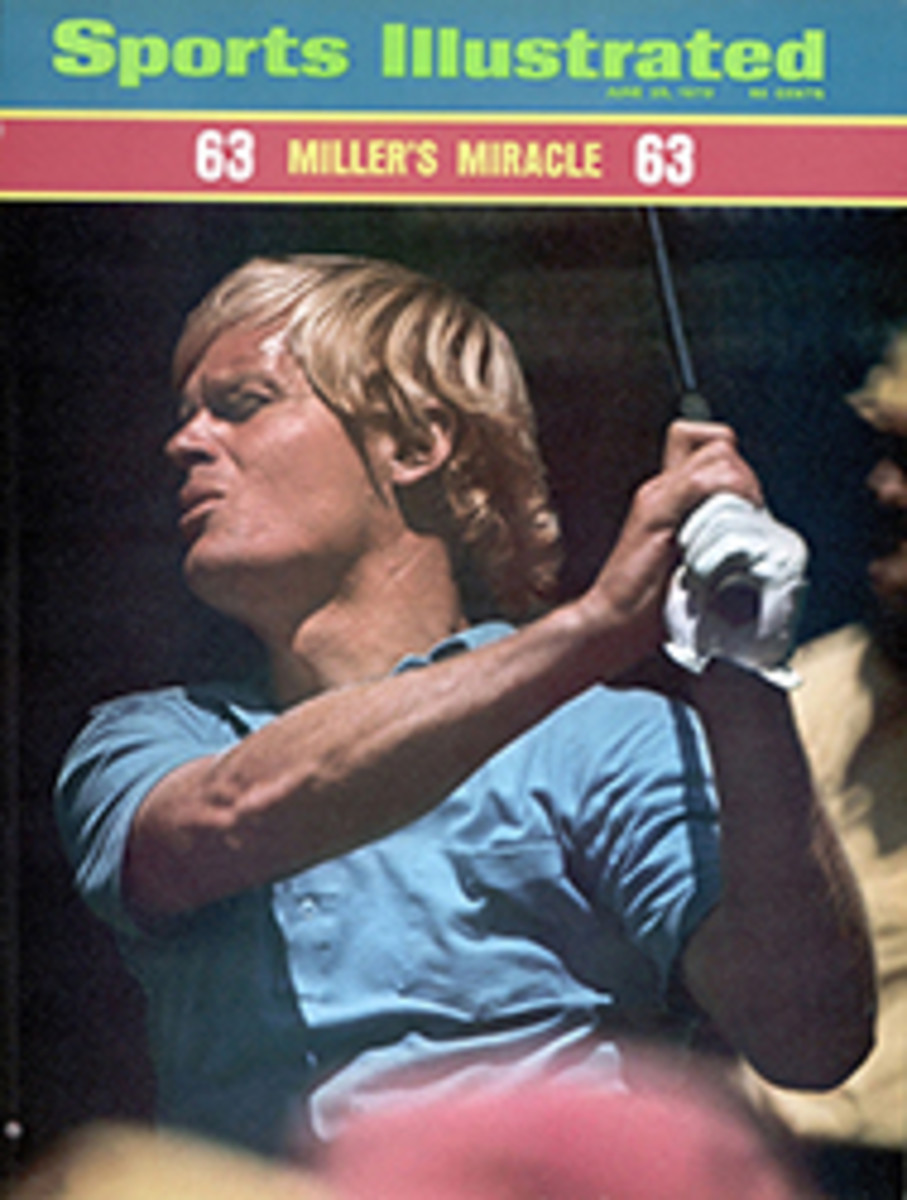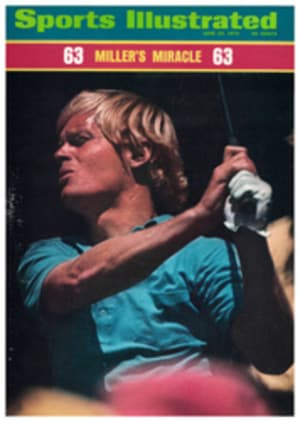
The Cleveland Indian
In 1972 a $9 million class-action suit was filed by the American Indian Center of Cleveland against the Cleveland Indians for using "Chief Wahoo" as a team symbol. Part of a coordinated movement planned against the Atlanta Braves, Washington Redskins, California Warriors and Kansas City Chiefs, the suit against the Cleveland Indians contended that the Chief Wahoo caricature created a "mocking and scornful" community attitude toward Indians, and compensation was demanded to the tune of $6 million for slander, libel and defamation—plus $3 million for damages. As of now the suit is still pending.
It is ironic, in a way, considering that the Cleveland team's name was given it by fans who wanted to honor the first American Indian to play major league baseball, Louis Sockalexis. His brief career covered only parts of three seasons at Cleveland (1897-99), but it left a legend of bright and blighted promise. John McGraw, that stern judge of diamond talent, once said of Sockalexis. "If Sock had stayed up for live years he could well have been better than Cobb, Wagner or Ruth."
Grandson to a chief of the Penobscot tribe, Louis Sockalexis was born in 1871 on a Maine reservation where, the story goes, he hit a baseball its entire length, then threw a ball across the Penobscot River. By his late teens the 200-pound 6-footer was a folk hero, his agility, power and speed setting area records. His ability bracketed all sports, but he particularly excelled at baseball. While still in high school he often gave pregame exhibitions to draw fans; once at Poland Springs he won a bet by throwing a ball from home plate clear out of the field, over two rows of houses and across a street. Mike (Doc) Powers, who later caught for Connie Mack's Athletics, saw that one and persuaded Sockalexis to attend Holy Cross.
Sock distinguished himself generally while in Worcester. As a freshman he won five track events at a campus meet—the 50- and 100-yard dashes, the broad jump, the hop skip and jump and, of course, the baseball throw. In 1895, playing baseball for Holy Cross against the Springfield (Mass.) club in the old New England League, he pulled a play they still talk about. With one out, a runner on third and a 3-2 lead late in the game, a Springfield batter belted one. Playing shallow center field to cut off the tying run, Sock raced back and climbed the fence, reaching over to catch the ball. Almost in the same motion he whirled and fired it back to the plate, where his catcher caught the ball inches above the ground and tagged the runner out.
Sock hit .436 that year, with three home runs, 11 triples and nine doubles. In 1896 he hit .444 in 26 games, including a grand-slam homer against Brown University that broke a fourth-story dormitory window beyond the outfield. The Worcester Post, which covered Holy Cross games, said that that season he hit a ball so far over the centerfielder's head that he scored before the man ever touched it.
Such heroics, in addition to a genial disposition and a good character, not only earned Sock a big following on the campus, it is said he inspired Maine-born Gilbert Patten to write his Frank Merriwell stories (under the pseudonym Burt L. Standish). Most of Patten's stories from 1896 on centered on Merriwell's adventures.
When Sock transferred to Noire Dame, his baseball reputation attracted a scout who signed him to play professionally with the Cleveland Forest Citys in the National League. Fifty fellow tribesmen attended his first home game, establishing themselves along the first-base line. They whooped it up as he hit two home runs, and after the game carried him off the field, but Sock did not really seem to need such special encouragement. He hit over .300 from the start, and hometown fans flocked to see him, filling the park so regularly that the management, as yet uninhibited by union regulations, tore up his $1,500 contract and gave him a raise.
In 1897, his first year with Cleveland, he had 278 at bats and hit .338, with three homers, 42 RBIs, 16 stolen bases, 117 put-outs and 10 assists. He did not strike out once in 66 games. He appeared to have a great future. Then, late in the season during a series in Chicago, Cleveland was trailing by three runs in the ninth with the bases loaded and two down. Sock hit a grand-slam home run to put Cleveland ahead 4-3. In the last of the ninth Chicago had two on with two out when the batter drove a ball into the outfield. Playing shallow to cut off the lying run, Sock had to race back and far to the side, but he hurled himself parallel to the ground and made a one-handed catch in midair. It saved the game. Exulting Cleveland fans flooded the field, sweeping Sock up and carrying him off on their shoulders. They took him to a local taproom to celebrate, coaxing until he gave in and accepted his first drink. And that was the beginning of the end.
The fire consumed him. From then on he had to have whiskey, and he schemed and plotted overtime to get it. He neglected his health and started staying out all night. His manager, Patsy Tebeau, tried to bribe him by offering a guaranteed $6,000 contract for 1898 and $10,000 for the following year if he would abstain. It didn't help. Contrite, apologetic, genuinely ashamed, Sock made promises and meant them, but he was hooked. On the Fourth of July he celebrated the nation's independence by staying up all night drinking, and topped off his bender by leaping from a second-story window. Result: a broken foot. During the following season he made 16 outfield errors and finally had to be released. Afterward Patsy Tebeau would say, "Nobody ever heard of Cy Young when Sock was with us. No other player to my knowledge ever sacrificed so much on the altar of his appetite."
Sock sacrificed more than a career. On Dec. 24, 1913 he died in Burlington, Maine at the age of 41. The official cause of death was chronic alcoholism. They erected a monument to him on the reservation. A diamond-shaped marker there says: "This is the grave of the famous Louis Sockalexis who was the first Indian to become a major league baseball player...."
Sock had broken into the big time with a whoop and a holler and faded out with a whimper. But the memory of what his brief moment meant to Cleveland's baseball fans will linger as long as the team's name, Indians. Maybe longer.

